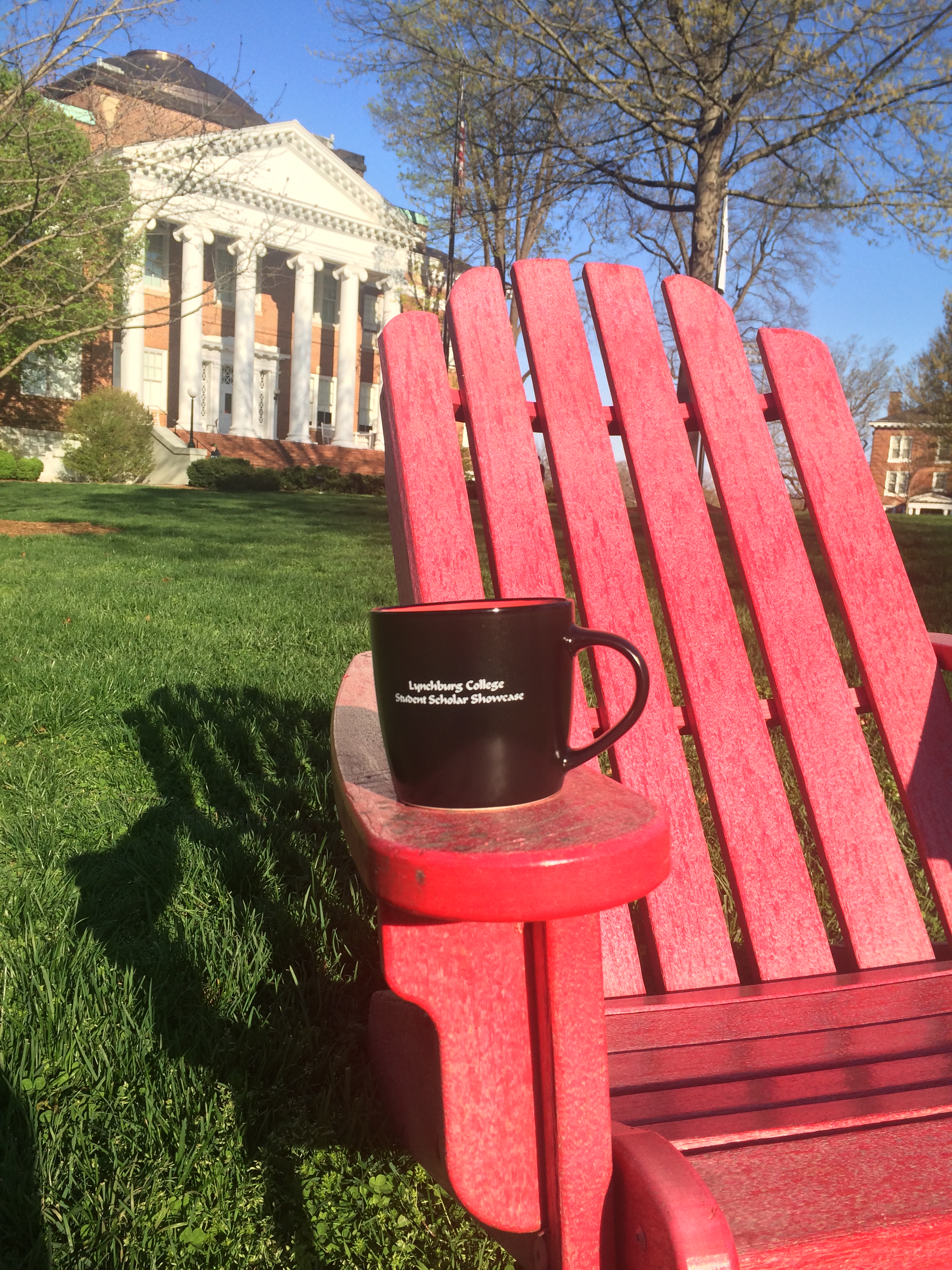
Access Type
Open Access
Entry Number
112
Start Date
4-5-2017 3:15 PM
End Date
4-5-2017 3:30 PM
Department
History
Abstract
English painting between 1485 and 1603 shaped and was shaped by a myriad of cultural influences. Art historians generally agree that because England did not produce much of its own art until the 18th century, it had a relatively slight impact on the development of Western art. A cursory history lesson of this time frame likely omits English art apart from the appearance of Hans Holbein the Younger as court painter under Henry VIII and Nicholas Hilliard during Elizabeth I’s reign. However, a study of English paintings throughout the entire Tudor period reflects its importance not only to England’s political and social history, but also to the development of Western art as well. An investigation of the various uses of art as a display of power, through the iconography and history of individual works, as well as the individuals who patronized the art and utilized this method of creating public images in England will be of concern to people interested in English history and Western art history.
This research examines, both chronologically and thematically, specific works of art and the individuals behind their creation, including the subjects, patrons, and artists. It studies how patrons and subjects utilized art as a means of propaganda and how varying forms of patronage led to the creation and/or importation of different works of art. It also explores the political and social factors that influenced the patronage of these specific works and their contents. This research reflects how English patronage of the arts contributed to the development of western art and how an analysis of specific works leads to a better understanding of their respective time periods as well as their social and political influences and consequences.
Primary Faculty Mentor(s)
Dr. Beth Savage, Dr. Scott Amos, Dr. Barbara Rothermel
Rights Statement
The right to download or print any portion of this material is granted by the copyright owner only for personal or educational use. The author/creator retains all proprietary rights, including copyright ownership. Any editing, other reproduction or other use of this material by any means requires the express written permission of the copyright owner. Except as provided above, or for any other use that is allowed by fair use (Title 17, §107 U.S.C.), you may not reproduce, republish, post, transmit or distribute any material from this web site in any physical or digital form without the permission of the copyright owner of the material.
Included in
Ancient, Medieval, Renaissance and Baroque Art and Architecture Commons, Cultural History Commons, European History Commons, Fine Arts Commons, Medieval Studies Commons, Museum Studies Commons, Painting Commons
Displays of Power in English Tudor Painting (1485-1603)
English painting between 1485 and 1603 shaped and was shaped by a myriad of cultural influences. Art historians generally agree that because England did not produce much of its own art until the 18th century, it had a relatively slight impact on the development of Western art. A cursory history lesson of this time frame likely omits English art apart from the appearance of Hans Holbein the Younger as court painter under Henry VIII and Nicholas Hilliard during Elizabeth I’s reign. However, a study of English paintings throughout the entire Tudor period reflects its importance not only to England’s political and social history, but also to the development of Western art as well. An investigation of the various uses of art as a display of power, through the iconography and history of individual works, as well as the individuals who patronized the art and utilized this method of creating public images in England will be of concern to people interested in English history and Western art history.
This research examines, both chronologically and thematically, specific works of art and the individuals behind their creation, including the subjects, patrons, and artists. It studies how patrons and subjects utilized art as a means of propaganda and how varying forms of patronage led to the creation and/or importation of different works of art. It also explores the political and social factors that influenced the patronage of these specific works and their contents. This research reflects how English patronage of the arts contributed to the development of western art and how an analysis of specific works leads to a better understanding of their respective time periods as well as their social and political influences and consequences.

